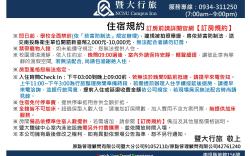Hugosum and Fruit Forest Black Tea Garden Introduction
Sun Moon Lake Black Tea Returns to the World Stage. Master teasommelier Ishizaki Ko, who entered the "Tea Industry Training Institute" in 1949 to learn tea processing techniques, was later assigned to work at the "Chimoku Black Tea Factory." He inherited the Japanese tea processing techniques from the old tea masters and served as the "Factory Director" until retirement. His passion and dedication to black tea witnessed the rise and fall of the Sun Moon Lake black tea industry. Once, Sun Moon Lake black tea was extremely popular, flourishing from the early Japanese occupation period with cultivation efforts to the golden age of tea plantations in the 1960s. However, with changes in the tea industry and the influx of cheap foreign tea, the Sun Moon Lake black tea industry gradually declined. The old tea master, growing and processing tea for sixty years, nurtured a deep affection for this land and hopes for the industry’s future. While others became wealthy by planting betel nuts, he insisted on growing tea, believing that one day, black tea would regain its luster. Currently, the second generation has inherited their father's craftsmanship and tea processing techniques, and besides diligently making good tea, they are determined to ensure that fine tea is recognized, creating a new image for Sun Moon Lake black tea. In 2005, they established a tourist tea factory, providing a place to witness the historical and cultural development of the Sun Moon Lake black tea industry. This initiative aims to enhance understanding of the black tea industry and contribute to the transmission of local culture while further promoting Sun Moon Lake black tea culture, making it visible to the world.





































